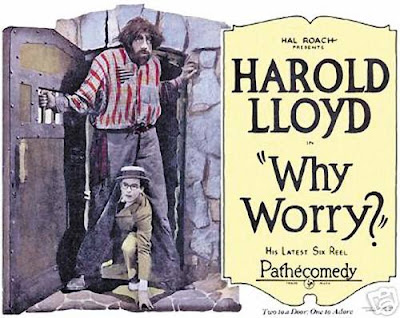 1977 Japanese coming-of-age story
1977 Japanese coming-of-age storyRating: 16/20 (Mark: 16/20)
Plot: Gorgeous isn't too happy about her father remarrying following the death of her mother. She writes a letter to her mom's sister and invites herself and some friends over to her house (the titular house) for the summer. On the way [Spoiler Alert!] they purchase a watermelon. Soon after their arrival, one of the girls disappears. More and more bizarre and possibly supernatural things start happening to the girls. A suspicious kitty lingers.
Some Hausu trivia: The Japanese studio Toho asked director Nobuhiko Obayashi to make a film like Jaws. As George W. Bush would say--"Mission accomplished!"
The second half of this film is likely exactly what Salvador Dali and Luis Bunuel had in mind when they invented movies way back in 1929. It starts off like an after-school special though, albeit an artsy-fartsy after-school special directed by a guy who really wants to be an Artist with a capital A and isn't shy about using every stylistic trick in his bulging back of tricks. Before the manic free-for-all Evil Dead-like horror/comedy that everybody who watches this movie will remember (the part with homophagous pianos, demented kitties, killer chandeliers, disembodied heads, dancing skeletons, mouthy eye sockets, menstruation symbolism, inexplicable bananas, aunts retreating into refrigerators, etc.), you get a gaggingly-colored "dull" melodramatic coming-of-age story, but even with that, there's a sense of foreboding and enough wackiness that you know, even if you weren't warned beforehand, that somebody would be eaten by a piano later in the movie. The dvd special features told us that Obayashi started with commercials, and with Hausu, it seems like he wanted to regurgitate every single stylistic trick he'd learned, presumably because that's what American Steven Spielberg does. It reminds me of when I took Vernon to Palestine, Illinois, for their Labor Day weekend rodeo events and we decided to raid the cabinets and refrigerator and dump every ingredient we could find into a cup so that we could dare each other to drink it, probably because that's what we imagined our hero Steven Spielberg did during his spare time. We drank it, and it was disgusting. A majority of people partaking in Hausu might also think it's disgusting, mostly because the images, although the aforementioned tricks used to create those images are familiar, aren't anything the typical viewer is used to. This is weird even by Japanese standards, and you never have any idea what to expect next. I mean both of those as compliments, by the way.
I'm still wrapping my head around what it all means. You've got some pretty obvious symbolism throughout (ripe watermelons, blood, bananas [I guess?]), and the horror, even though it's too comically over-the-top to actually be horrifying, seems to represent the horrors in a young girl's life as she has to deal with changes. My theory: The girls (intellectual Prof, creative Melody, athletic Kung-Fu, hedonistic Mac, sweet Sweet, imaginative Fantasy, and pretty Gorgeous herself) are all chunks of the same young girl, a young girl who discards of various aspects of her personality as she blossoms into womanhood. So what do you think, Oprah Movie Clubbers?
My prediction, by the way: This will be a bit more devisive than Do the Right Thing.





























